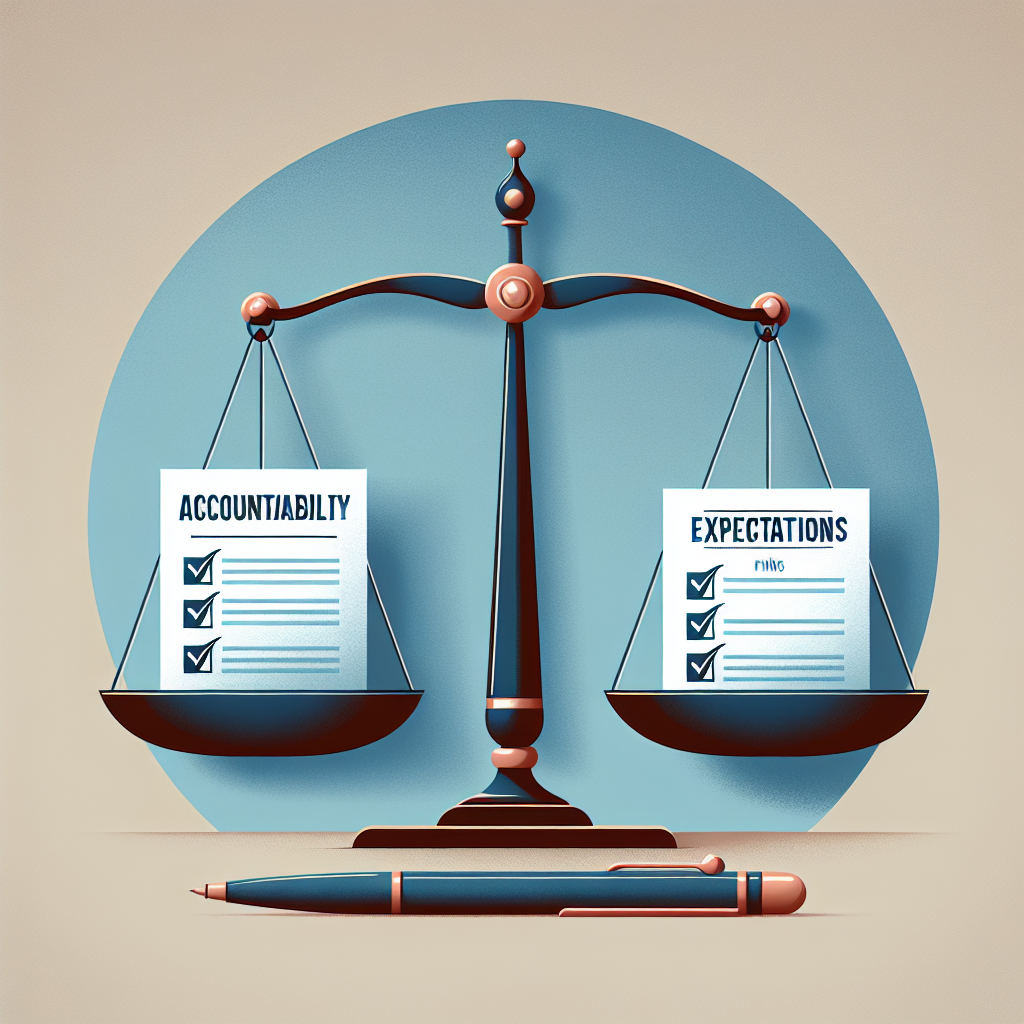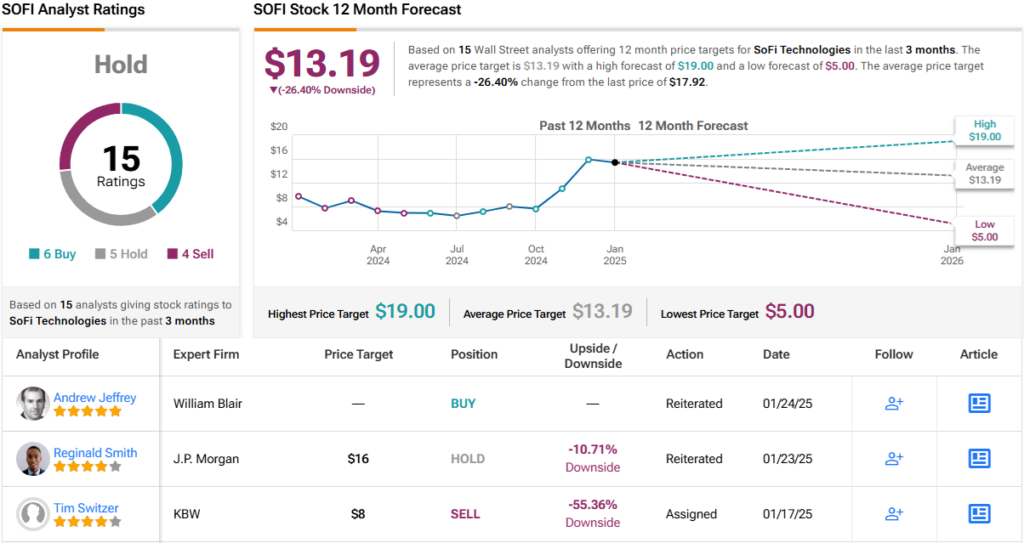In today’s fast-paced business environment, organizations rely heavily on service level agreements (SLAs) to ensure that their service providers deliver the level of service they expect. An SLA is a contract between a service provider and a customer that outlines the services to be provided, the level of service to be delivered, and the responsibilities of both parties.
Setting goals and expectations for service delivery is essential for the success of any SLA. Without clearly defined goals and expectations, both parties may have different interpretations of what constitutes acceptable service, leading to misunderstandings, disputes, and ultimately, a breakdown in the business relationship.
To help organizations set effective goals and expectations for service delivery, here are some best practices to keep in mind:
1. Define clear and measurable objectives: Before drafting an SLA, it is essential to define clear and measurable objectives for the services to be provided. These objectives should be specific, achievable, and relevant to the business goals of both parties. For example, if the service provider is responsible for maintaining a website, a measurable objective could be to ensure that the website is up and running 99.9% of the time.
2. Set realistic service level targets: When setting service level targets, it is crucial to be realistic and take into account factors such as the complexity of the service, the resources available, and the capabilities of the service provider. Setting unrealistic targets can lead to dissatisfaction on the part of the customer and put undue pressure on the service provider.
3. Establish clear roles and responsibilities: Clearly defining the roles and responsibilities of both parties in the SLA is essential for effective service delivery. This includes outlining who is responsible for what tasks, how communication will be handled, and what the escalation process is in case of any issues.
4. Include performance metrics and reporting requirements: To ensure that both parties can monitor and evaluate the performance of the services being delivered, it is important to include performance metrics and reporting requirements in the SLA. These metrics should be aligned with the objectives and service level targets set out in the agreement.
5. Regularly review and update the SLA: Business environments are constantly evolving, and as such, it is important to regularly review and update the SLA to ensure that it remains relevant and effective. This includes revisiting the objectives, service level targets, roles and responsibilities, and performance metrics to reflect any changes in the business environment or service requirements.
By following these best practices, organizations can set clear goals and expectations for service delivery and ensure that their service providers deliver the level of service they expect. This not only helps to build a strong business relationship but also ensures that both parties are aligned in their understanding of what constitutes acceptable service.











